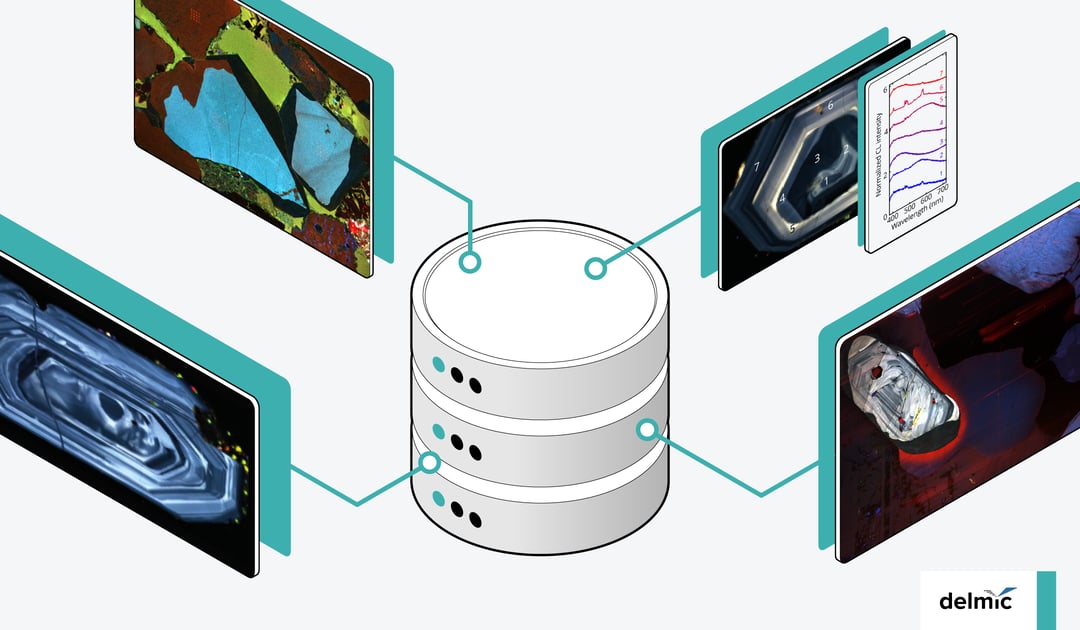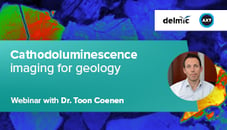The field of geology has witnessed remarkable growth in the advancement and application of luminescence techniques over the past few decades. Luminescence has become increasingly used to provide insights into the chemical composition and properties of minerals. These insights are particularly useful for segmentation and age determination in geological and archaeological contexts [1].
Luminescence can be generated in many minerals through excitation by electrons, photons, or ion beams. The luminescence spectra of a mineral are strongly dependent on its crystal structure and composition. During the mineral’s history, for example, various types of color centers can be formed, which give a distinctive emission when the material is excited. Comparing the luminescence of a mineral to reference spectra can help to determine the mineral composition of rocks and provide information on its geological history.
However, it can be challenging to find suitable reference spectra. Most online luminescence databases only contain X-ray reference spectra and don’t include spectra generated from electrons (cathodoluminescence), light (photoluminescence), protons, or ions.
Luminescence database for your minerals
To address this issue, the Microbeam Laboratory of CSIRO Mineral Resources developed the CSIRO Luminescence Database [2]. This database provides reference spectra from various luminescence techniques for characterizing a wide range of minerals and other materials, including synthetic compounds.
The database is a free online reference tool and is compiled from published literature from researchers in the field of cathodoluminescence, photoluminescence, ionoluminescence, and related spectroscopy techniques. The developers also encourage researchers to contribute to the database by contacting them via email. Additionally, you can request spectral analysis software called OpticalFit, which combines peak fitting functionality with an offline version of the database.
Characterization at the submicron scale
As previously mentioned, the CSIRO Luminescence Database also contains spectra of cathodoluminescence (CL), which is the emission of light when a material is excited by electrons. Cathodoluminescence is a technique that is increasingly used to characterize rocks and minerals. The cathodoluminescence from a rock can provide insights into crystal growth, zonation, cementation, chemical replacement, deformation, provenance, trace elements, and defect structures. Furthermore, this technique be used to rapidly scan a large area of the sample at the submicron scale, and it can be combined with complementary imaging techniques such as backscattered electrons (BSE) and EDS for a more complete analysis of your material of interest.
The amount of reported CL spectra available is rapidly increasing, and through initiatives such as the Luminescence Database, geologists can now use this technique, and many other luminescence techniques, to perform an in-depth analysis of rocks and minerals fast and with ease. How could you benefit from the CSIRO Luminescence Database in your research?
References
[1] Mahan, S.A. et al., GSA Bulletin, 135 (5-6), 1480-1502 (2022)
[2] The CSIRO Luminescence Database
.png)









